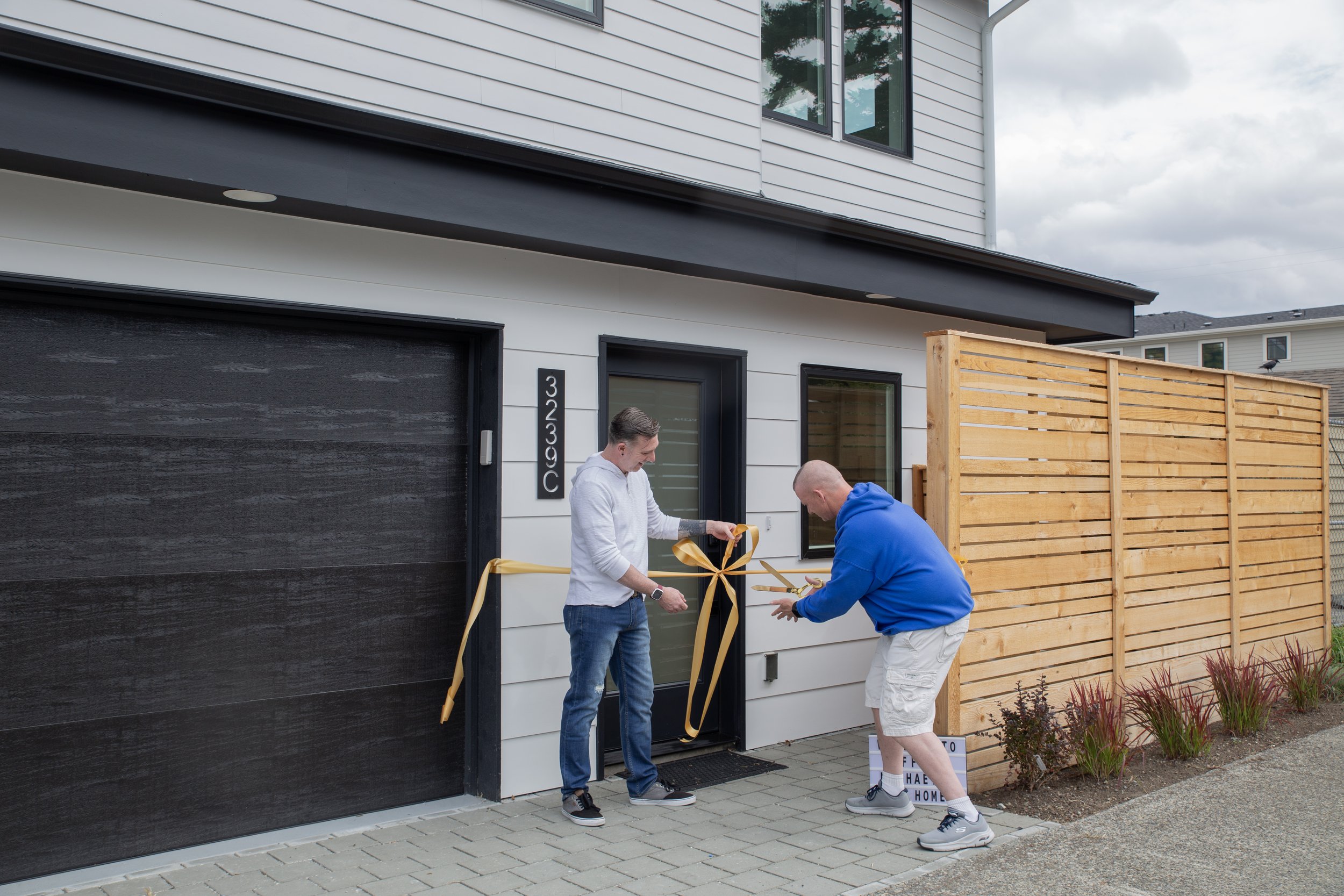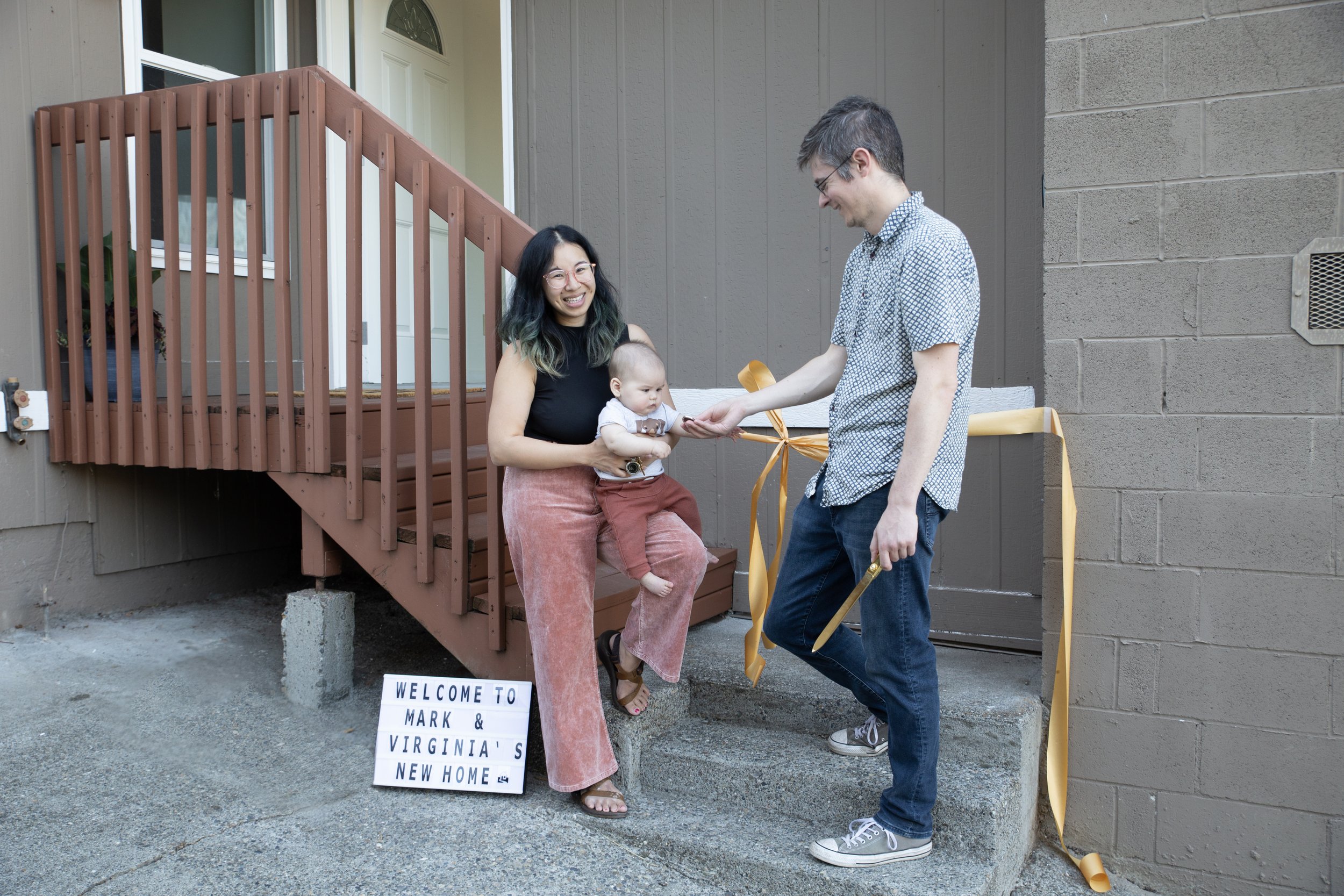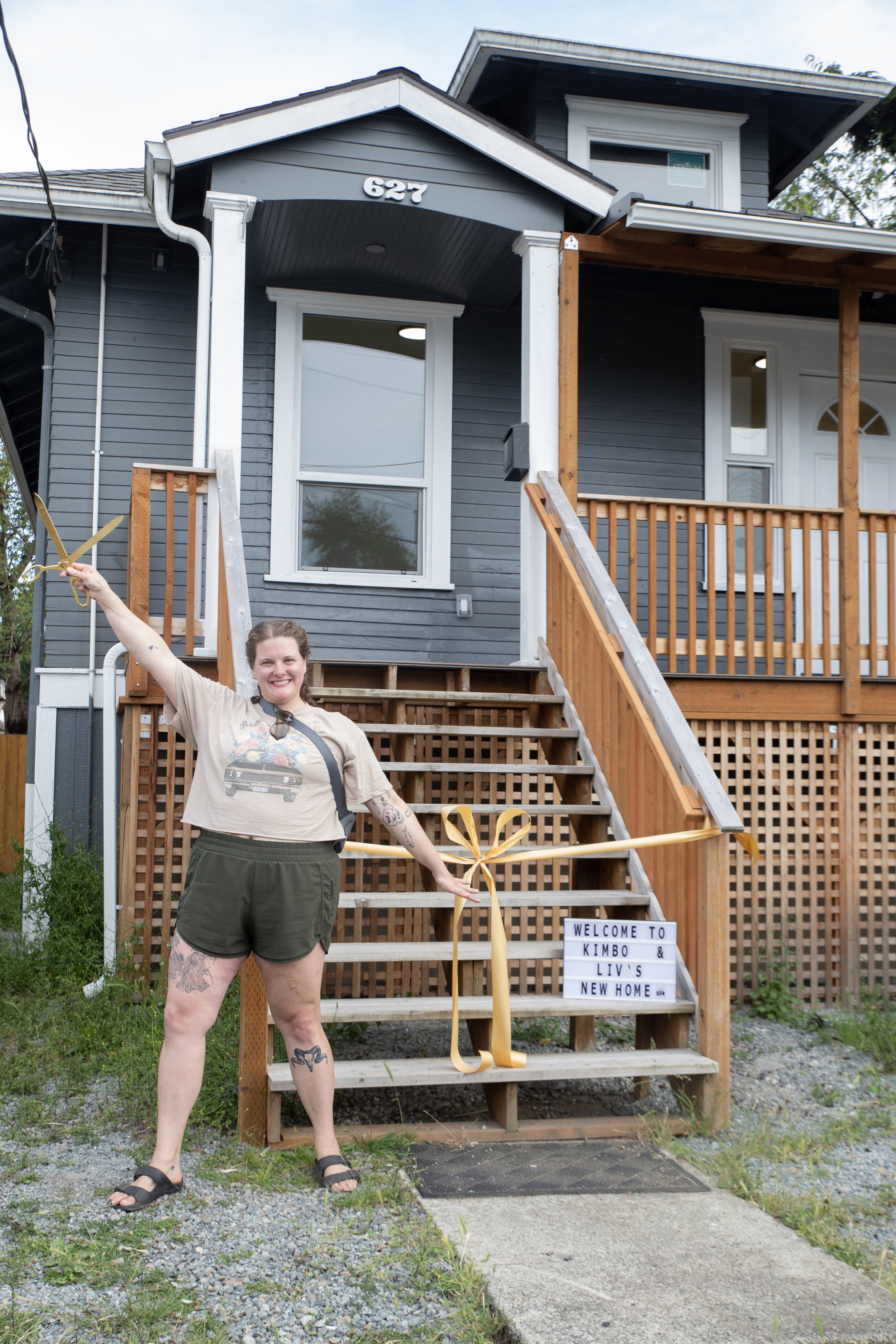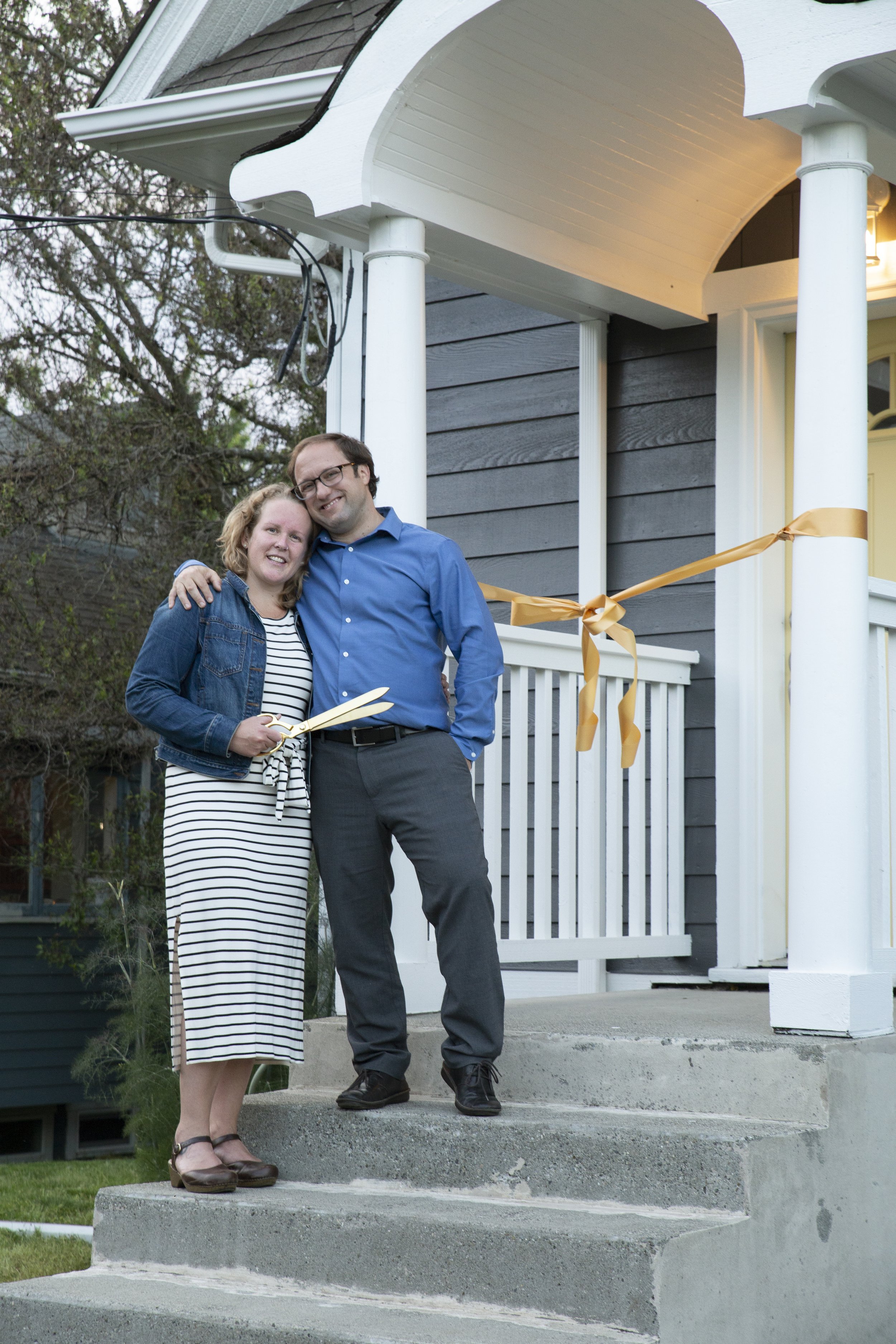Greater Seattle Housing Market News
Updated 2/14/24
News in 3-min
MARKET TRENDS
Housing Inventory: 3,766 King County home listings, 739 new in last week
King County had 1,654 SFH listings in Jan ‘25 (1.2 month supply up 33.3% from 0.9 y/y) and 1,260 condos (2.7 month supply up 68.8% from 1.6 y/y). The welcomed surge of new listings are absorbed up by pent up demand.
NWMLS had 8,223 SFH listings in Jan ‘25 (1.7 months supply up 21.4% from 1.4 y/y) and 2,075 condos (2.7 month supply up 58.8% from 1.7 y/y)
2024 saw pre-pandemic inventories with highest summer peak since 2019; We expect to continue seeing a growing pre-pandemic inventory. See “Historical Trends” below
Mortgage Rates: 6.96% (avg 30yr conv), down m/m, down w/w
Mortgage rates dropped to 6.11% in early September due to anticipation of a fed rate cut but have risen over 7.1% since due to a strong Jobs Report and a higher-than-anticipated CPI report. *Reminder: Rates are not tied to Fed Rates but 10-Yr Yield. 7% is the 40-year average for a 30-year fixed conventional loan. Click here for forecasted rates. Also, click for more info: https://www.mortgagenewsdaily.com/mortgage-rates/30-year-fixed
Week over week
Activity for listings that went pending increased or remained steady compared to the previous week, as the number of active listings held stable following a drop in new listings. The median active price remained consistent, while days on market declined and the median sold price saw a slight increase in most areas.
Month-to-date
Pending listing activity has increased compared to the same time last month, while active listings continue to rise. However, the number of sold listings has declined in some areas, suggesting that buyers remain active in the market despite the average rate at the start of the month.
Buyer Sentiment: up m/m, up w/w
As expected, buyers who were holding off until the elections (no matter who won) hit the ground running the week after with a surge of buyer activity, with more pendings per month than new listings which has remained true every week since November. They will remain excited but will become less “ready” until March but we expect to see the yearly surge of buyer preapprovals at the end of January.
New buyers have also started looking with increased open house activity in SFHs. Buyer eagerness is high but readiness is moderate.
Seller Sentiments: up m/m, up w/w
Sellers are generally confident and are playing it safe, waiting to list Spring 2025 where economists are unanimously bullish nationwide — especially for Seattle Metro.
“Golden Handcuffs”: 84.2% of current homeowners have a sub-6% rate, 74.6% sub-5%, and 56.2% are sub-4 %. We expect resale to be low for many more years until lower interest rates encourage more sellers to consider upsizing or downsizing, but most economists don’t believe we will see 5% interest rates anytime soon. Few people are listing outside of necessity or major life changes, but more in 2024 than we saw in 2023.
CURRENT STATS
BRIAN’S FORECAST
Q4’24 Avg 7% (fluctuating 6.75-7.25); Q1’25 6.75% (fluctuating 6.5-7); Q4’25 6.25% (fluctuating 6-6.5).
Reminder: mortgage rates are not affected by fed decisions but 10-yr bond - 10 yr bond rates affected by inflation and investor’s willingness to invest in bonds vs stocks.
Brian’s Client Tip: 1% decrease in interest CAN roughly equal to 10% more borrowing power but even a 0.5% fluctuation changes buyer demand (and thus competition) the week or two after the fluctuation hits headlines.
https://money.usnews.com/loans/mortgages/mortgage-rate-forecastBrian’s Client Q&A: If fed rates don’t affect mortgage rates, what does? 10Y Treasury bond, CPI/Jobs Reports
https://home.treasury.gov/policy-issues/financing-the-government/interest-rate-statistics
https://www.epi.org/indicators/unemployment/
https://www.bls.gov/cpi/
Increase buyer competition in Q1/Q2’25
Widespread use of escalation clauses with promises to pay additional down in case of low appraisals or even waived financing in all of 2025 from the vast number of sidelined buyers, our growing population, Amazon and half dozen major companies returning to full return to office (1/1/25), and those “typical” new buyers each spring/summer.
Improved condo market from increased DT workers. Also increased metro traffic will increase desired urban living or at least pied-à-terres.
Bully offers will increase in the Eastside in Q1 and Seattle + Seattle metro will see frequent bully offers by Q2.
Increased absorption rate and decreased monthly supply due to World class events like 2025 FIFA Club World Cup in June ‘25 will increase buyer activity before Seattle’s hosting of FIFA’s ‘26 World Cup but won’t encourage sellers to sell
Continued low inventory at least into next decade
Minor bump in inventory in 2025 as more sellers will be more comfortable becoming buyers themselves with the lower interest rates and increased consumer confidence.
All economists agree of not enough housing at least through the decade nationwide but especially in Seattle metro where for decades it has been normal to only have 3-4 month inventory opposed to a “balanced” 6 months
HEADLINE NEWS
Home prices expected to continue to rise even with stubborn high interest rates in 2025/2026
4% increase in home values through 2025. Expected inflation from imminent tariffs to keep 30yr average rates 6-7%. https://www.businessinsider.com/buying-a-home-mortgage-rates-price-affordability-housing-market-outlook-2024-12
2024 Slowest Year In Real Estate sales since 1995
FNMA expects 2024 sales to end at 4.7M with a slow but slightly better 5.1M in 2025 if mortgage rates improve 2025 Q3/4. https://www.fanniemae.com/research-and-insights/forecast/economic-developments-september-2024
“Priced to Sell” is worth 8.5%
Homes marketing their value as a a good deal are discounting their home to an average of 8.5%. Seattle metro average is 3.7% and by 2.8% of September’s listings. https://www.realtor.com/research/september-2024-priced-to-sell/
HISTORICAL TRENDS
Click bait headlines report these trends as if they are unprecedented - These graphs show trends similar to patterns we have seen happen nationwide and through several decades.
Data from 2017-2019/2021-2023 in Seattle, Mercer Island, Kirkand, Bellevue, Medina, Clyde Hill from WA-520 to I90
New Listings most frequent March-October
Most homes to choose from in October
Month Supply is the time it takes for the current active listings to deplete at the current sales pace. Very low in spring and summer despite having the most new listings, indicating higher buyer activity
Data from 2017-2019/2021-2023 in Seattle, Mercer Island, Kirkand, Bellevue, Medina, Clyde Hill from WA-520 to I90
Sale Price/Original Listing Price is highest in May and lowest in January but is a 2-6 week lagging indicator based on a successful sale and doesn’t include the original prices of prior unsuccessful listings (a home may have taken several listings over many months to sell).
Average time on market lowest in May, highest in December and doesn’t include the time a listing has spent on market in a prior unsuccessful listing (a home may have taken several listings over many months to sell).
New loan applications peak mid to late January each year.
Yellow markers indicate the highest point of applications in each year (January); Blue marker is the last reported data for that year (End of December)
National average time a buyer closes after their most recent preapproval is 50-days with a 45 day transaction. It is common in Seattle Greater to search for 3-9 months and transact in 15-28 days.
Average Fixed 30 Year Mortgage Rates
Brian’s Client Q&A:
Q: If fed rates don’t affect mortgage rates, what does?
A: 10Y Treasury bond, Inflation/CPI/Jobs Reports, World Events.
https://home.treasury.gov/policy-issues/financing-the-government/interest-rate-statistics
https://www.epi.org/indicators/unemployment/
https://www.bls.gov/cpi/




















































